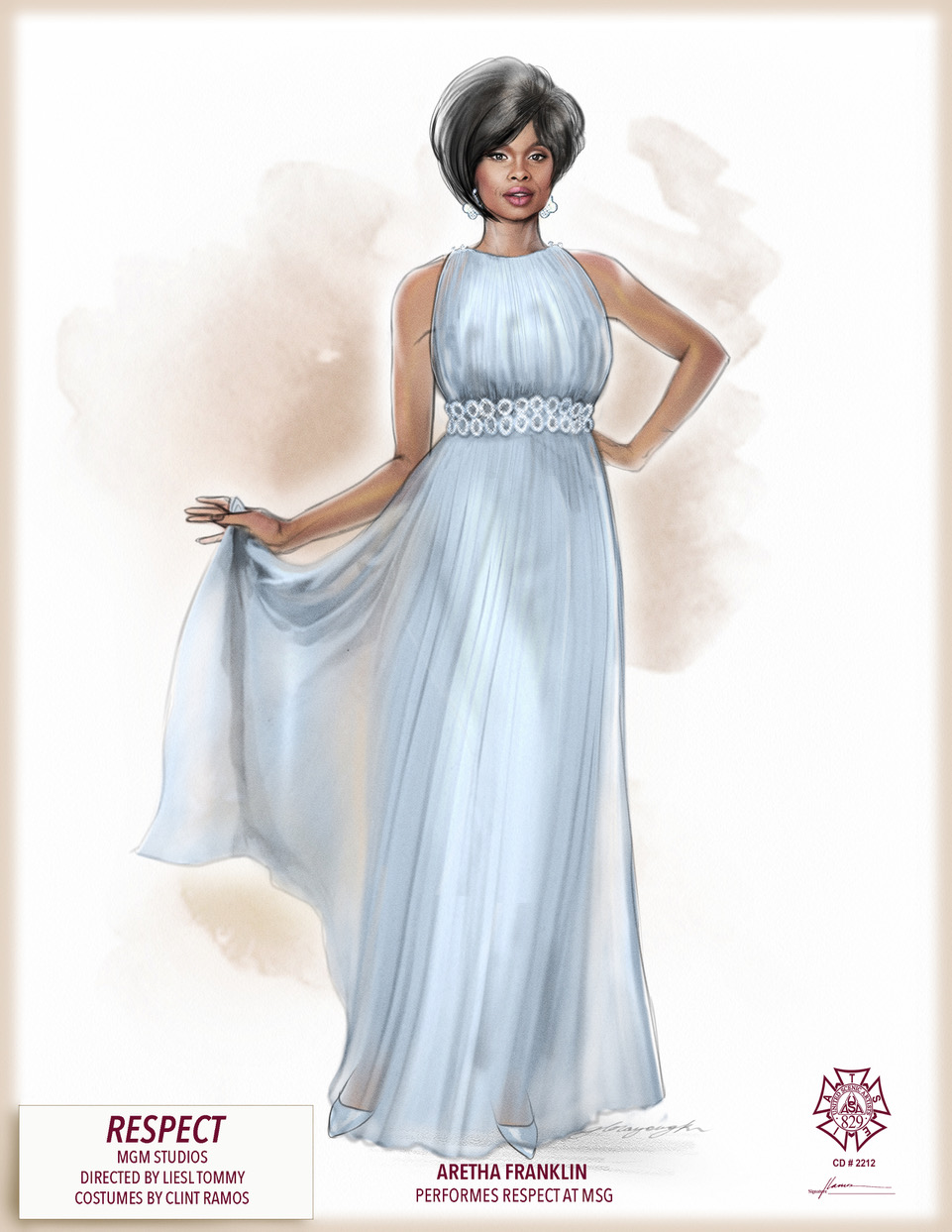
- Fashion
Designing with an Eye for Equality – “Respect” Costume Designer Clint Ramos
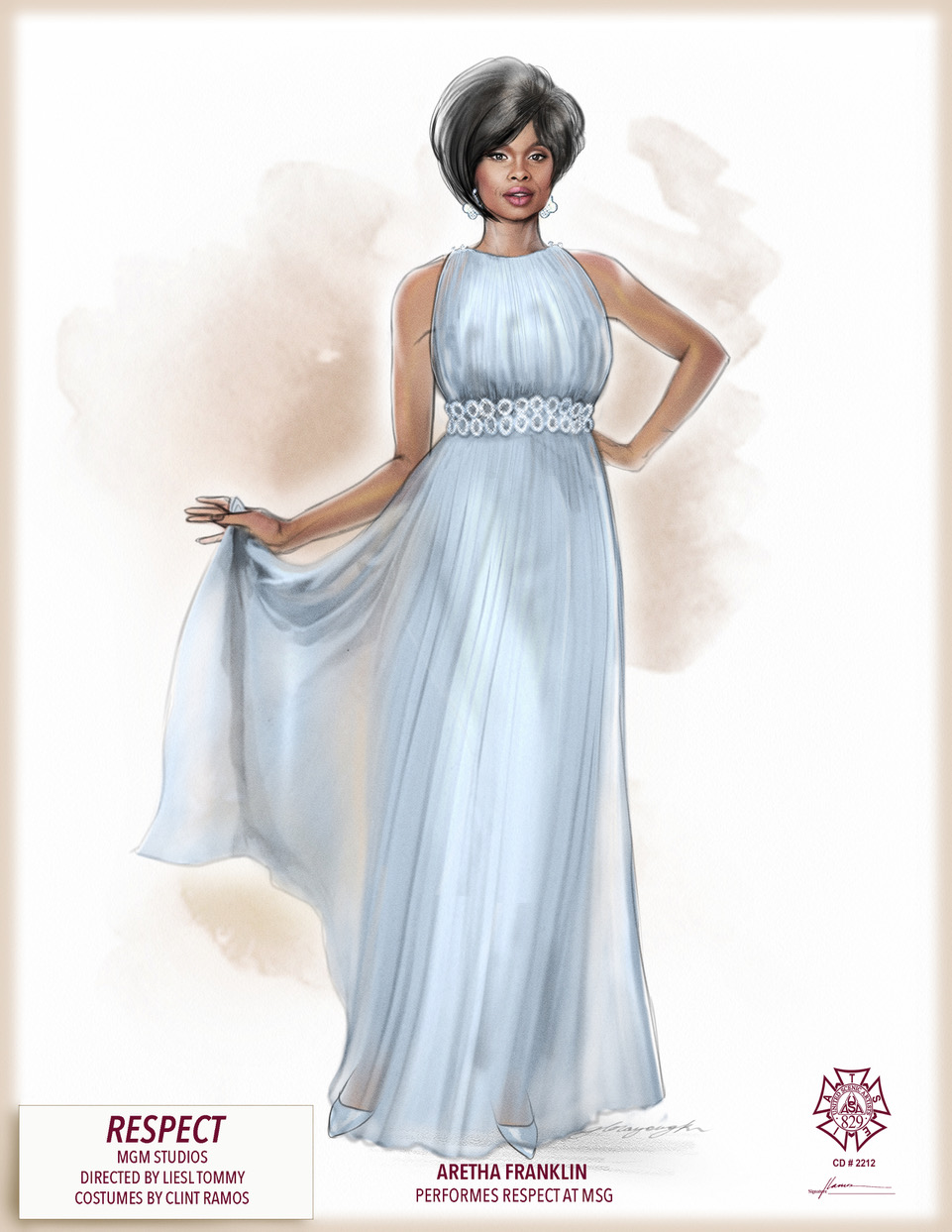
Jennifer Hudson transformed as the Queen of Soul, Aretha Franklin, in Liesl Tommy’s, Respect. A big part of how she achieved this was through the detailed and creative costumes she wore, designed by Carlos Ramos.
In an interview with Oprah Winfrey, Hudson lavished praise on Ramos’ work: “The wardrobe, the costume helped a lot in telling the story and made me feel like the Queen,” she said.
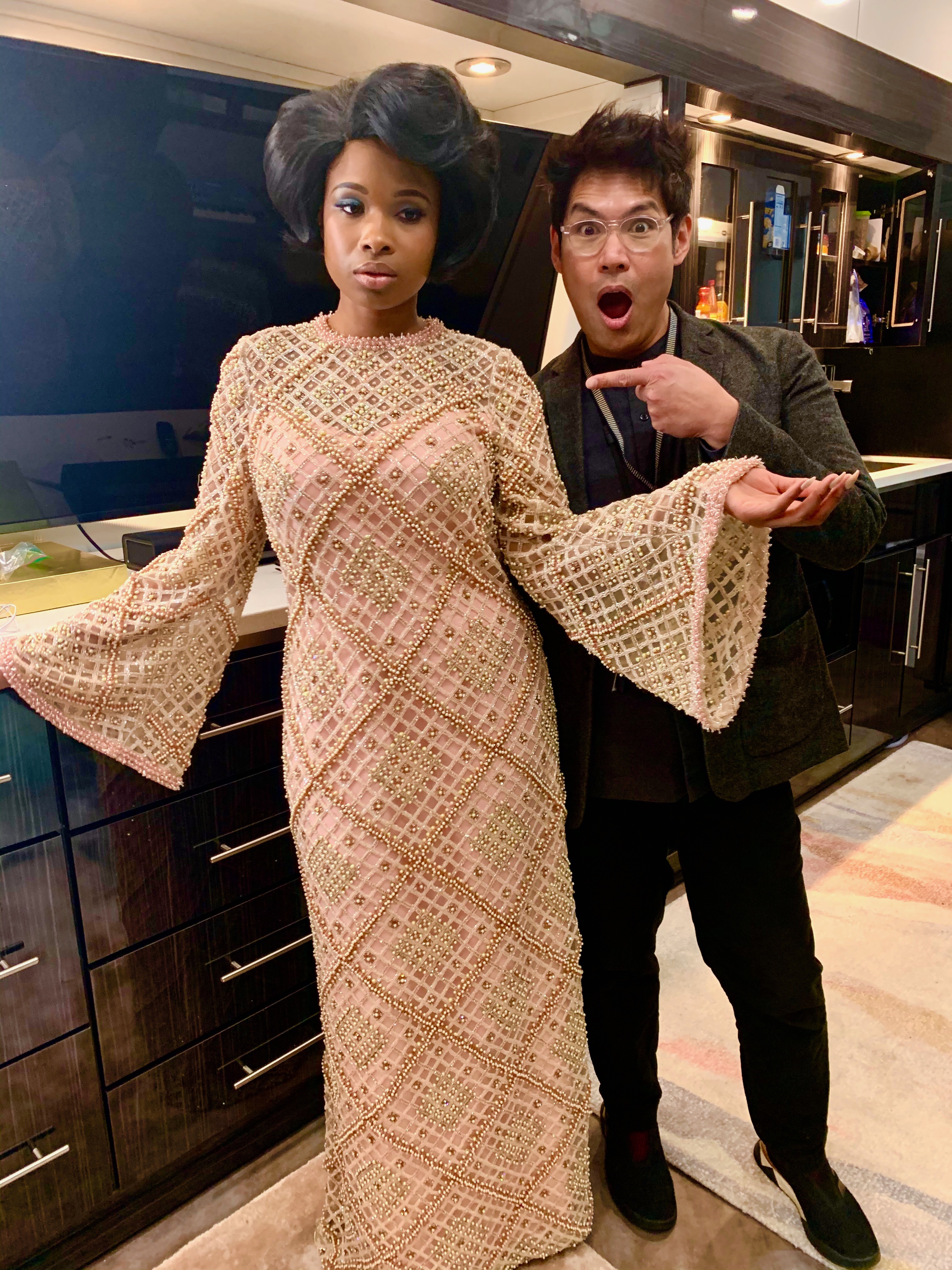
Ramos grew up in Cebu, Philippines before going on to grad school in New York to pursue a career in theater in costume and set design. There were however scant opportunities for a brown person in Broadway, he realized in the mid-2000s. “Theater is very elitist, particularly Broadway. And people don’t like change and new things,” he said. “By the systems that run this country, I am set up to actually not succeed.”
But through hard work and determination, he defied the odds, winning a Tony in the 2016 Broadway production of Eclipsed and making history as the first person of color to win Best Costume Design in a Play.
Respect is only his first studio film (after Isabel Sandoval’s indie Lingua Franca), and yet his work in movies already bears the hallmarks of a veteran.
He gravitates towards work that celebrates the excellence of the historically marginalized and advocates for change in the entertainment industry. He is adamant it’s not mere window dressing. “Diversity without social justice is just redecorating the room,” Ramos says.
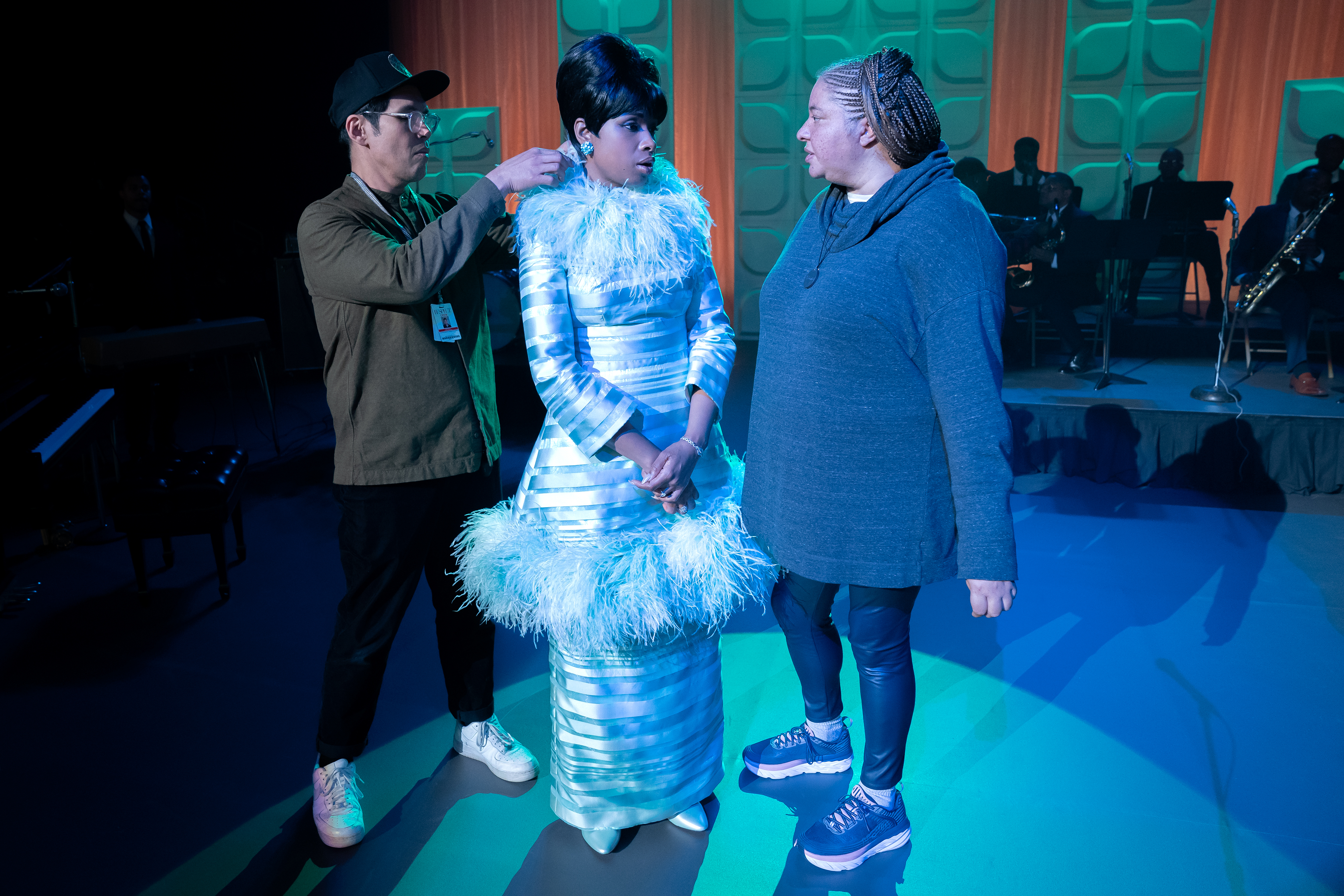
You designed more than 80 outfits for Jennifer Hudson for this role. Talk a little about how you prepared to clothe an icon.
Yeah, 80-plus and most of them were made. And, you know, it we’re not even talking about all the other principals and background people that I was dressing. A thousand people for the Madison Square Garden concert when she was doing the concert. We shot that for two days, getting 1000 people dressed in 1968 clothing.
I spent a lot of time researching, I read as much as I could about her life and everybody around her. Yes, it is a story about Aretha Franklin, but it’s also a story about America and the Civil Rights movement. I had a lot of dialogue with the director Liesl Tommy, who guided us, and with Jennifer.
Aretha was very photographed at the beginning the Columbia Records years up to her death, but before that, there was not a lot of photographs of her, so I had to imagine that with research, using all that knowledge about historical garments. I had to really conjure that up.
We don’t know what she wore in her house, we don’t know what she wore when she was down and out. So, a lot of that was me imagining what it could have been.
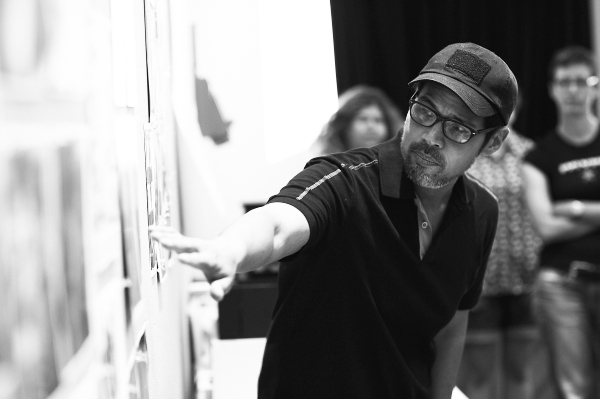
And when does inspiration usually happen for you?
I think that inspiration is a responsibility. It’s not something magical. I feel like being inspired is a job, so you have to kind of pursue inspiration, you must make sure that you are inspired. It’s like fuel, you know, so you must find the gas station, otherwise your car is not going to run. It’s your responsibility to find the gas station.
I always take that to do to mean for me that I must stay open to inspiration. I get it from everywhere. I get it from a piece of music, from something that I see. I get it from human interaction.
I love to watch people, and costume design is not only about fashion, but also about character so I like to observe how people behave and how their appearance actually affects that behavior.
When inspiration strikes, how do you make sure you remember it?
I take notes, but I also attach it to memory because sometimes there’s no system, no method to the madness. When I start sketching or when I start conjuring up, it all comes back. When I was working on Respect, I drew a lot from my mom (Linda Ramos), the way she dressed, I drew a lot from watching her getting dressed when I was a kid. I loved to hang out in her dressing room just watching her tease her hair. I fell in love with that idea of transformation. And it just gets siphoned into my brain somehow, and eventually just comes out and used for something down the line.
Aretha and my mom were born in the same year, and she also listened to a lot of her music. There’s a scene in the movie where I used one of my mom’s fur coats, in Aretha’s birthday scene. Mom left the coat with me in New York, and I’ve claimed it as my own. I said, I’m going to put it in as many shows as I could. I did this musical called Here Lies Love about Imelda Marcos, I designed that show, and I used the same coat in that show.
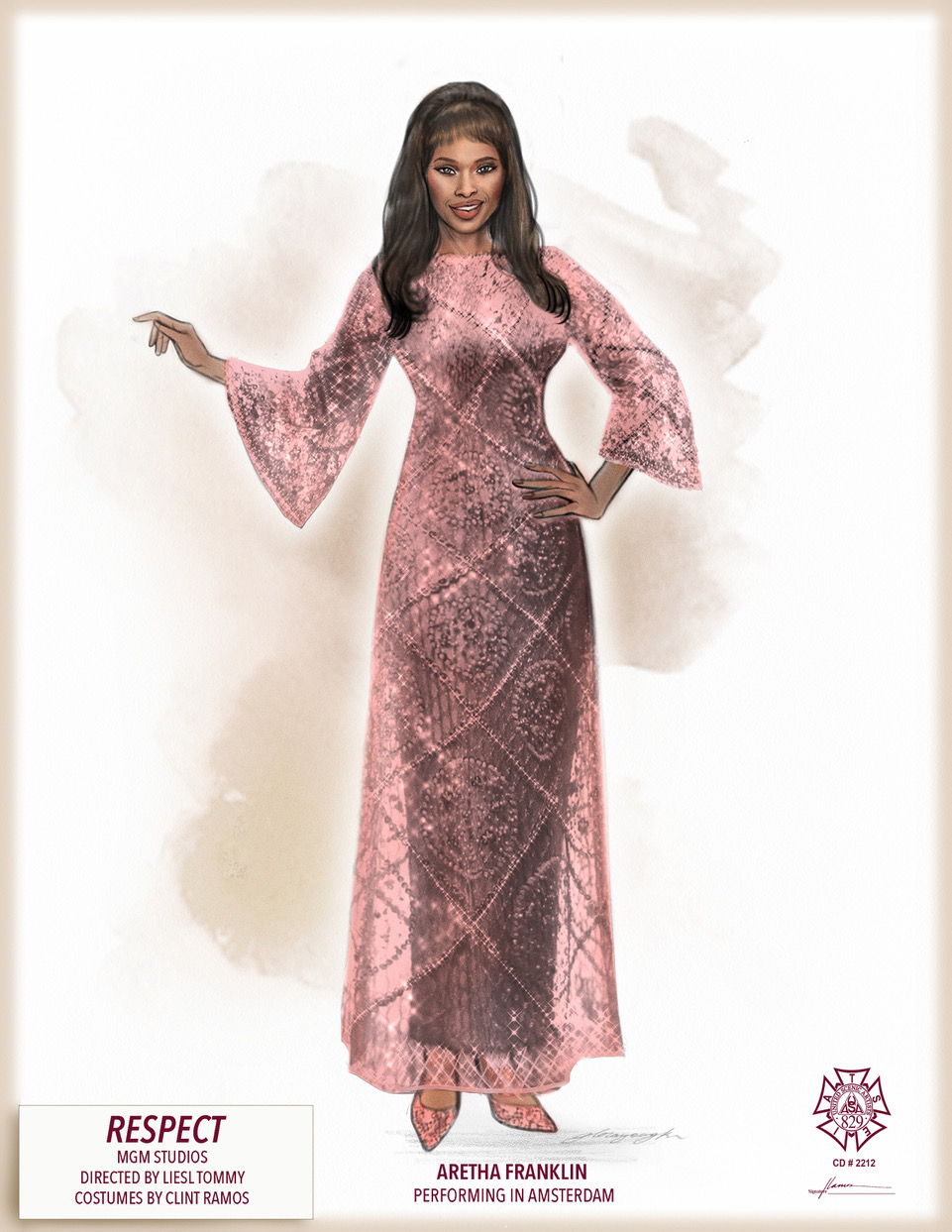
How did your theater career start?
In the early 2000s, while I was in grad school, I would work in all these prop and costume shops, building stuff. In my last year of grad school, director George Wolfe who ran the Public Theater in New York, came and saw our design show. He invited me to design one of the shows at the Public Theater, that’s how I started. Then there was a period that I couldn’t get work in the theater, so I did a lot of TV stuff, I did promos for MTV, and then I eventually went back to the theater. I do both costume and set design. I have a show on Broadway called Slave Play that was nominated for Best Set Design at the 2020 Tony’s.
Broadway is competitive, what was the most challenging thing that you experienced there?
It’s like what actors go through, which is typecasting. You know, they look at you, they look at your last name, and they question whether you can do this kind of thing. They think that you could only do certain things, so it limits your ability to do a wide range of things. For me it was just about not giving up and fighting for just making sure that people understood that I could do a lot more things than what they think I could do. Theater is very elitist, particularly Broadway. And people don’t like change and new things.
So, you just must make sure that you made space for yourself and for people who look like you. That’s a very big passion of mine. I do a lot of service in how to change that system. During the pandemic, you know, people were very vocal about the change that needed to happen, and people have taken that seriously. I think it’s changing, so I’m hopeful that we’ve moved the needle a little bit more.
Tell me a little bit about working with Jennifer Hudson.
Oh, it was great. You know, I mean, she’s very collaborative, you know she’s also very ego-less. And she’s also tireless you know as you can see the, how many hours and hours and hours of fitting in New York and Atlanta. Always very professional.
But I think what a lot of people don’t know about Jennifer is that she is a very committed, and she is a very intuitive actor. I think her acting skills really comes from this desire to be authentic. She worked hard and did her homework.
And for me, working with somebody who takes their craft very seriously, you want to match that with the same intensity.
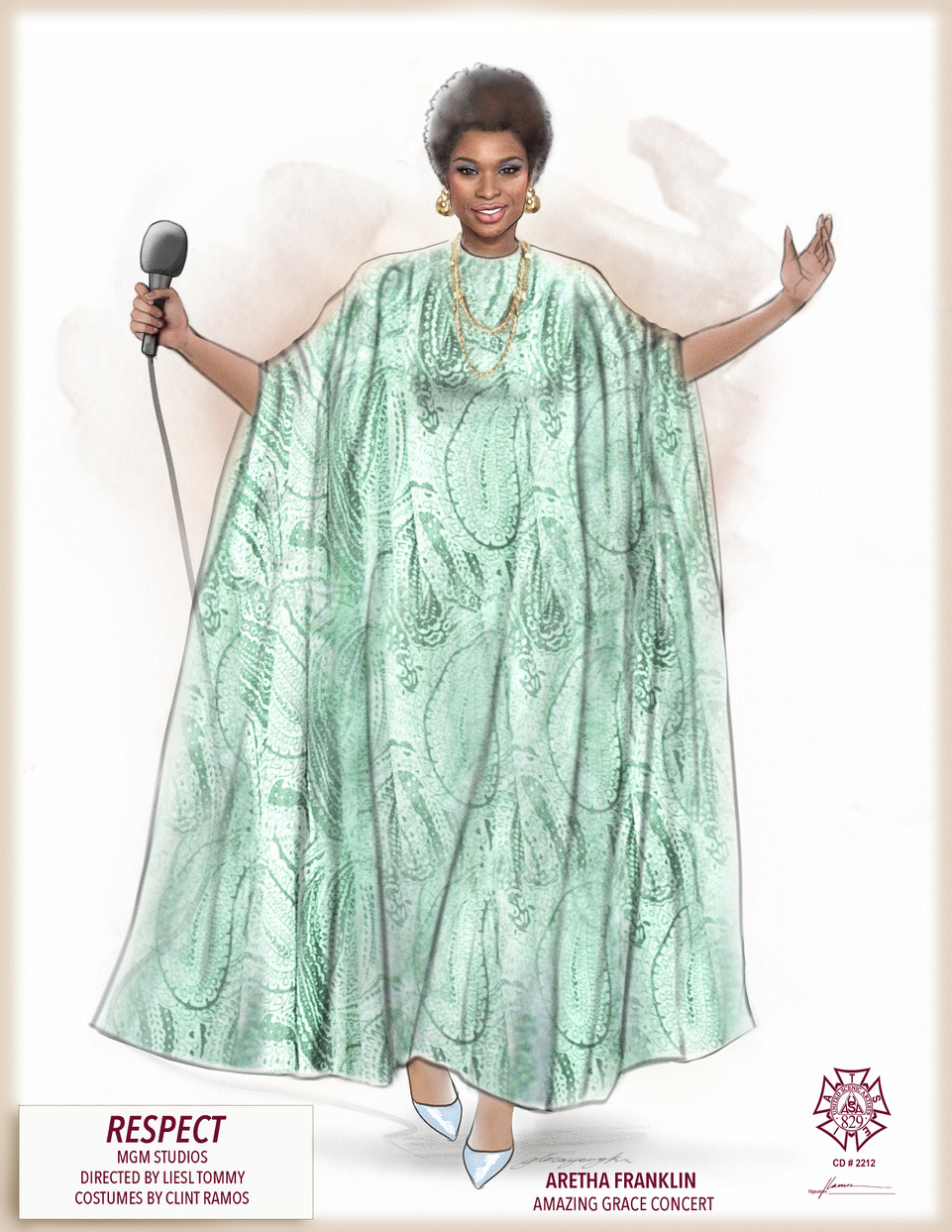
Did she sing during fittings?
Yes! Her favorite things to sing during the fittings are gospel songs. She sings her prayers, she hums, so she’s constantly singing. I relate to that because I came from a singing culture.
How do costuming and production design help in telling the story?
Oh, gosh, for me it’s all about storytelling. Unlike any other kind of design, its main purpose is to tell a story.
Production design sets up what the world looks like in this story. It is this the emotional and psychological box that these characters live in. And then costume design is less about fashion but more about character. What made that human being choose to appear that way that day?
Something happens to us as human beings throughout the course of the day and then we find ourselves wearing something that didn’t have anything to do with that event. You could get dressed for work in your beautiful tweed suit and then you get robbed in the afternoon. You didn’t get dressed that morning to get robbed, you got dressed to go to work, you know, so I find that always interesting.
That’s really a big part of why costume design is so important because we are able to convey who that character is.
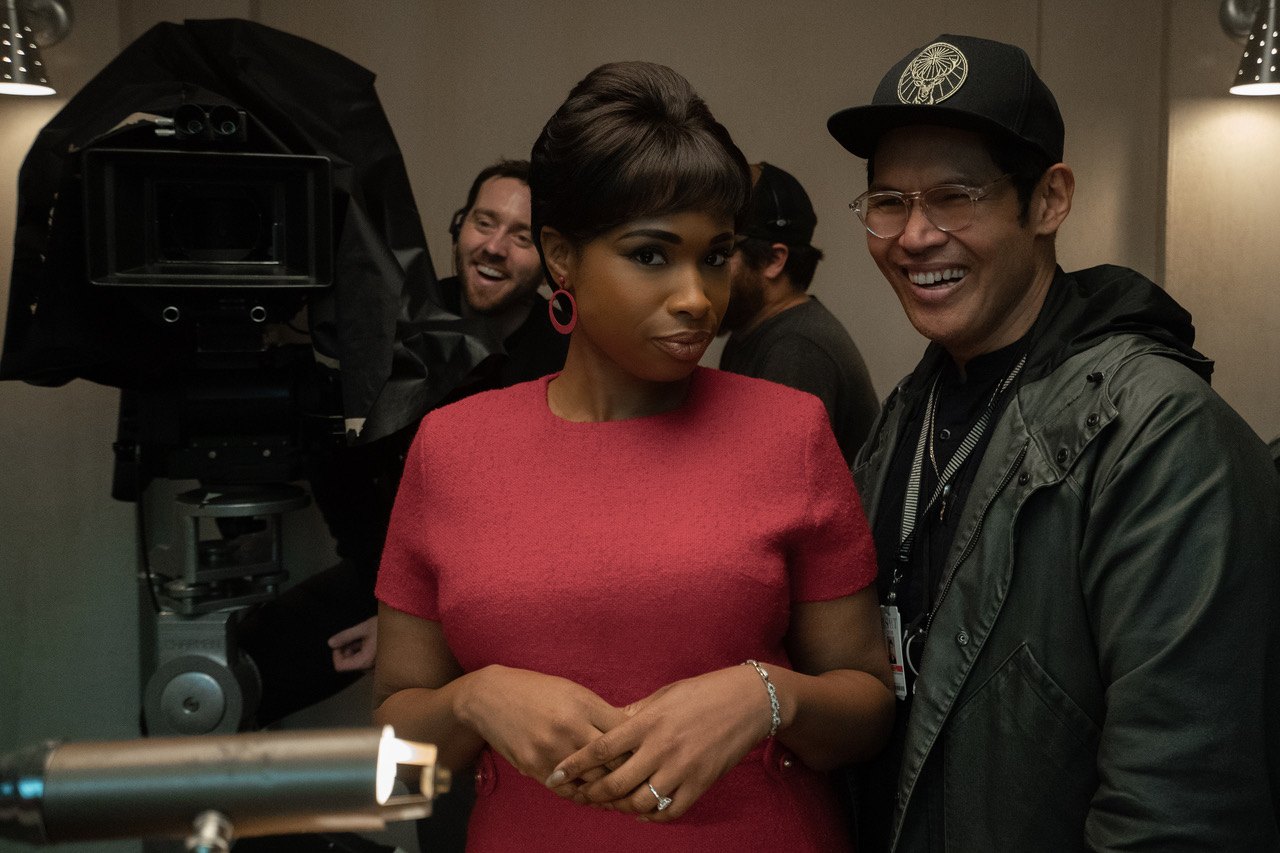
You speak out a lot about social justice and equality. Why is it important to you to speak out?
These values, you know, were sort of inculcated in me ever since I was a kid. My mom was a labor lawyer. And so, she was all about how are we treating people. Are they being treated fairly? And so, it’s about how are we equal with people and how do we set up each other for success.
Then when I came to America, suddenly, I’m in a category. Coming from a homogenous culture, one of the things I didn’t really prepare for is to be “a minority in something.
To me it’s important because it is my lived experience. Particularly because of the history of this country, by the systems that run this country I am set up to not succeed. I have to be constantly vigilant about that.
Those who are going through the same thing must come together. People say, “Everybody’s given the same kind of opportunities.” But equality and equity are two different things. It is giving more to people who are more disenfranchised so they can be on an equal footing, so everybody can be on the same level.
That means diversity, but diversity without social justice is just redecorating the room. Because you want to know why you’re being invited into a project. I want to know: Why am I of value to you?

